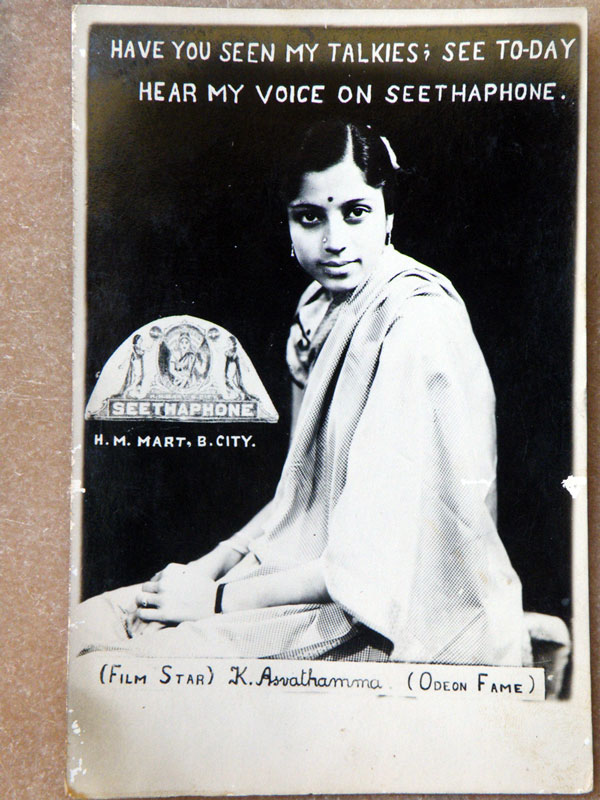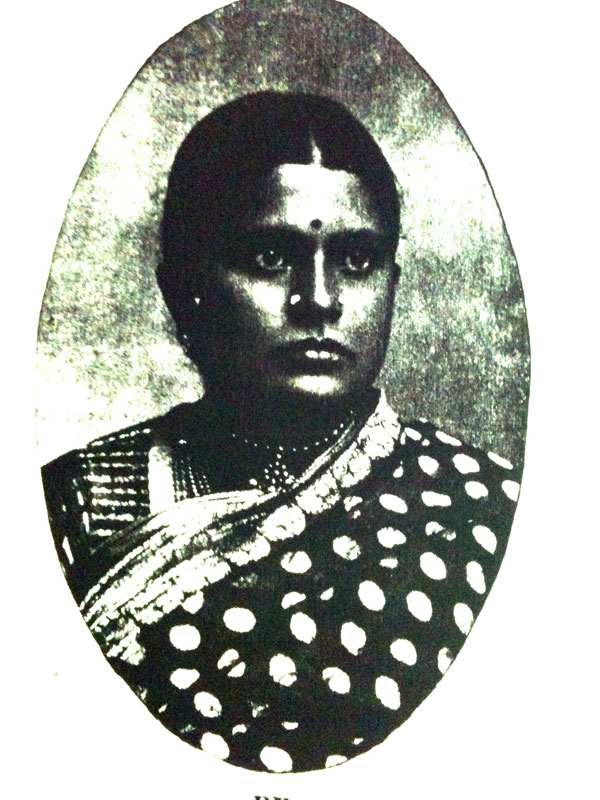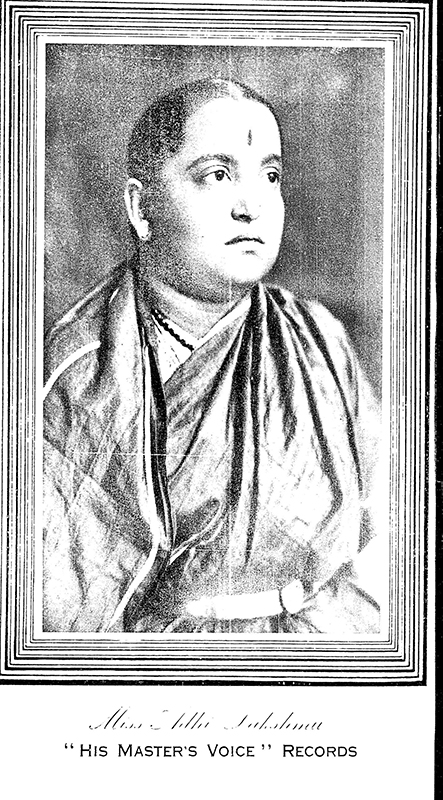Vikram Sampath




Grant Period: Over one year and six months
This grant supported Bangalore-based researcher, Vikram Sampath, to research the impact of recording technology on South Indian classical music, specifically through a study of the role played by women singers of the early twentieth century. Vikram, a mathematician employed in a software firm and a trained vocalist and veena player, has engaged himself in intensive research over the past ten years. Vikram has three books to his credit. While researching his first book on the erstwhile princely state of Mysore, he stumbled upon the legendary singer Gauhar Jaan, who lived the last few years of her life in Mysore. This chance discovery resulted in an award-winning biography of the singer, the first Indian musician to be recorded on gramophone. The advent of the gramophone in India marks a milestone in the history of Indian classical music. When the first recording agent, William Gaisberg, came to India in 1902, it was women who embraced the technology readily, while male musicians were largely suspicious and apprehensive of it. These women belonged largely to the tawaif and devadasi communities of North and South India. Their endeavour not only democratised music but also created intense upheavals in the field.
This project stemmed from Vikram’s days with Gauhar Jaan, which kindled his interest both in gramophone technology and the women who first recorded on it. The study drew his attention to the exciting yet under-researched women musicians from South India. With this grant, Vikram studied the lives of women like Salem Godavari, Coimbatore Thayi, Tiruchendur Shanmugavadivoo, Mysore Gowri, Kanchipuram Dhanakoti, Hyderabad Vadammal and a host of others who topped the charts at the time. Apart from reconstructing the lives of these women, he examined the impact of their recordings on Carnatic music as a whole. The encapsulation of an elaborate art form into a three-minute format, the methods employed by these women to achieve this herculean task and the resulting refashioning of ragas and compositions were some of the key areas he researched.
The research was undertaken through extensive studies of the vernacular literature of that time. Since many of these women were highly educated and even wrote poetry, their writings served as first-person accounts of their life and times. His field visit plan apart from Madras included Madurai, Thanjavur, Kumbhakonam, Kanchipuram, Vizianagaram, Bobbili, Mysore and Thiruvananthapuram, where the devadasi system flourished. The research resulted in a book accompanied by a CD with the music of the women. All the material and raw data gathered in the course of the research was deposited in a public archive for future research.
